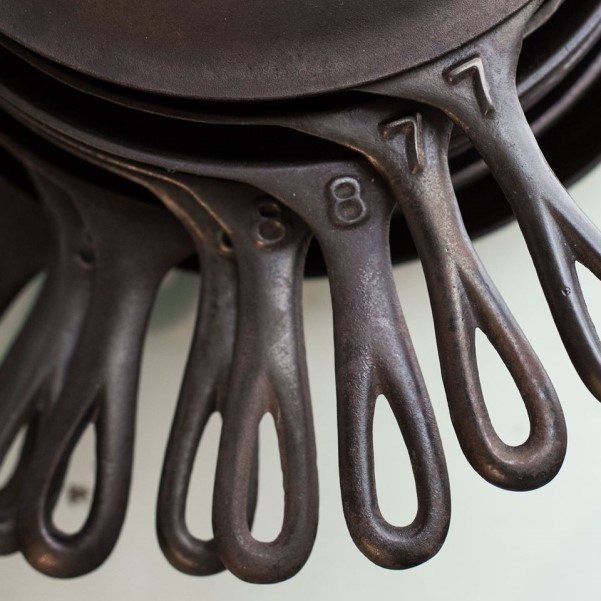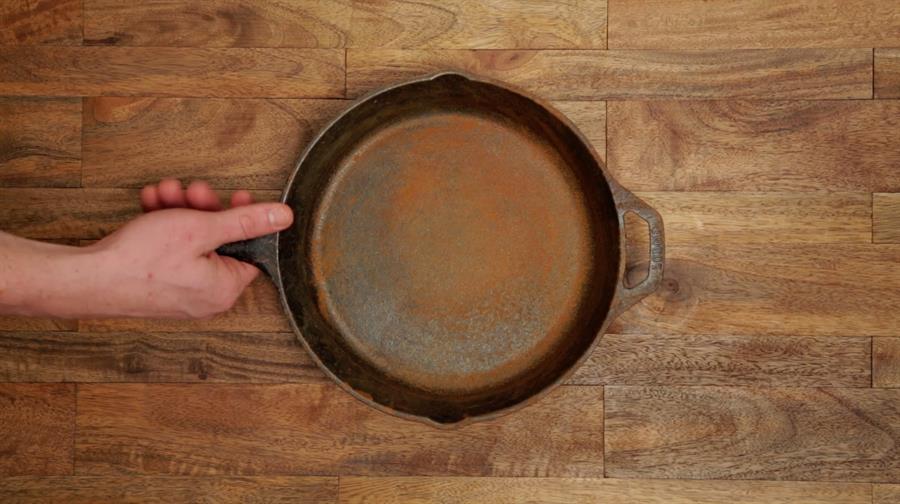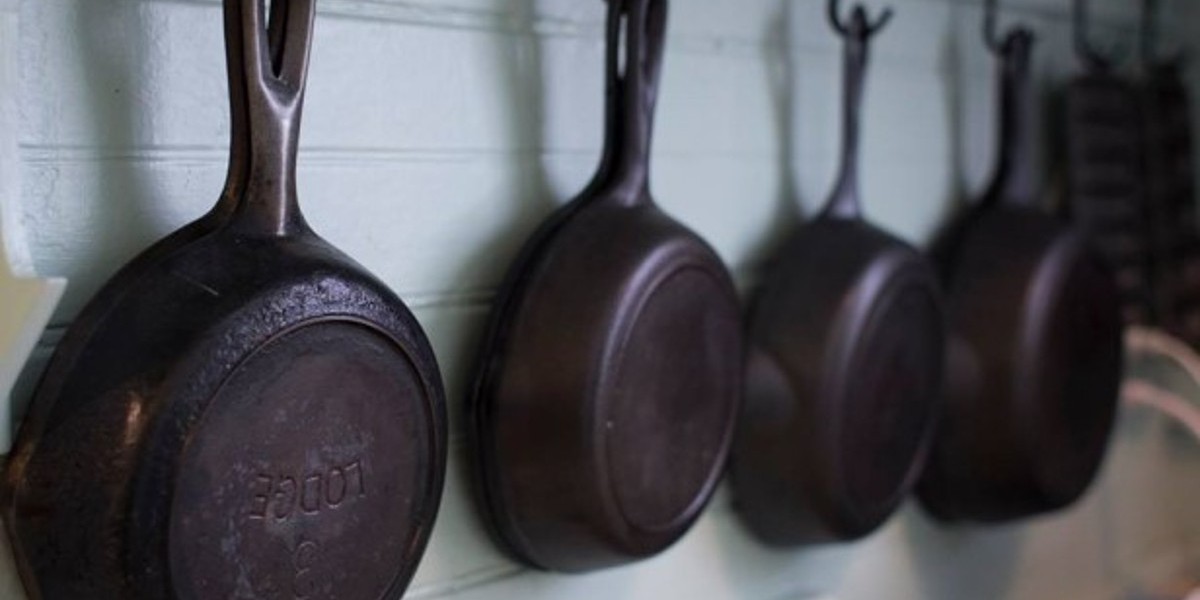- Wednesday 19 June 2019
Cast-iron cookware is beloved by many, despite it needing a little more TLC than other types of cookware. To preserve the natural non-stick seasoning which builds up with use, treat them with love while cleaning and they could last a lifetime!
Why Cast Iron?
Cast iron skillets, like this from Lodge, are ideal for one pot cooking, and can be used on all types of heat sources (except the microwave!) – from campfires, to barbeques, to any type of hob. And of course, you can pop them in the oven too. The cast iron distributes heat evenly and effectively, rivaling the abilities of cookware of any material, and is perfect for all your favourite dishes - from one pot meals to desserts, such as these skillet cookies!
.jpg)
Delicious one pot meals cooked using cast iron pans and skillets!
Seasoning
One unique property of cast-iron cookware is the natural non-stick coating, called seasoning, made from layers of oil baked onto the metal with each use. It used to be the case, to season new cast-iron pans before first use. Nowadays however, as pioneered by Lodge, most cast-iron pieces now come pre-seasoned from the factory. This means you can use your new pans straight away!
For the first few uses, your new pans might need a little extra oil with certain foods to stop sticking. It’s also better to avoid acidic foods such as tomatoes until the seasoning has built up sufficiently. Remember that the more you use your pans, the better their non-stick performance will be!
Preserve the seasoning of your cookware by following the cleaning tips below.

Cast iron cookware are made to last a lifetime with a little TLC!
Washing & Storage
To protect the natural non-stick coating you have built up, it is recommended to steer clear of dishwashers, strong soaps and detergents, and steel wool.
For most washing up, hot water and a good dish brush (like this made specifically for cast-iron pans) will get the job done. However, for stubborn stuck-on food, we recommend using a bit of salt with your scrubbing brush, and a pan scraper.
It is possible to use a little mild soap if necessary, but if you do, rinse and re-season your pan after washing. Make sure to wash up the pans while they are still warm, and dry them straight away – leaving them to soak may cause rust to form!
To keep your cast iron piece in good condition, make sure that it is completely dry before storing it away. Dry it thoroughly with a towel, or by heating it on the hob. You can use squares of paper towel, placed between pans, as an extra barrier against moisture in your press, as well as to keep them from scratches.

Save your frying pans from rust!
Restoring Rusty Cast Iron Cookware
You may have heard that once cast iron pans go rusty you need to get rid of them, really? No, on the contrary, with a little bit of elbow grease, restoring them to their former glory is easy enough to do it at home!
Start by scouring the affected areas with steel wool (only when rust forms), then wash thoroughly with warm water and the usual cleaning implements. Dry it carefully, then re-season it by coating with a light layer of oil, preferably vegetable oil with a high smoke point, such as sunflower or canola. Place it into the oven upside down, with a sheet of foil underneath. Finally, bake it for one hour at around 180 degrees and let it cool before storing...et voila! The pan is restored, now give yourself a pat on the back!
Built to Last
Now that you know these tips, if you are looking for cookware that withstands the test of time, and improves with age, look no further than cast iron. With a little love and care, they could be a family heirloom that last for generations. Call in to us on Wicklow Street to browse our Lodge range of cookware, or check out some of our popular pieces here.
